The 7 Lagoons of Isla Contoy
There are 7 lagoons on Isla Contoy, each playing an important role in the life cycle of the island's species. Read on and learn about these...
4 min read
 Giovanna Ricalde
:
Mar 16, 2023 11:31:49 AM
Giovanna Ricalde
:
Mar 16, 2023 11:31:49 AM
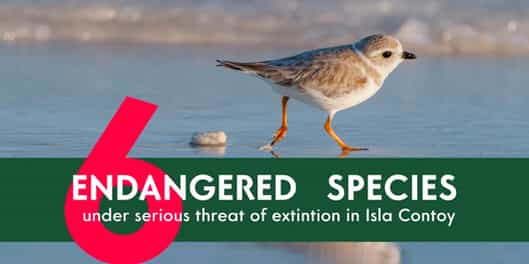
Although Contoy is a government-protected area, it is home to endangered species. Read on and learn about the 6 endangered species that inhabit Isla Contoy.
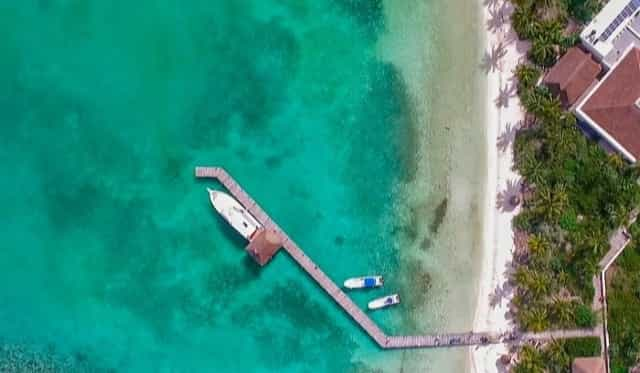
In previous blogs, we saw that Isla Contoy is a bird sanctuary, turtle nesting area, and Ramsar site. In short, it is an area of great importance for the natural balance of the Mexican Caribbean. However, despite all the efforts made on the island, the number of many species of plants and animals is decreasing.
One of the most important actions to help preserve these species is to inform; that's why we will tell you about the six endangered species that inhabit Isla Contoy.
Table of contents:
Before introducing you to the six species, we would like to explain the categories of risk in which they are found. These categories are defined by the Official Mexican Standard: NOM-059-SEMARNAT-2010, which aims to identify the species or populations of flora and fauna at risk in the Mexican Republic.
These species could become endangered, and actions are being carried out to recover and conserve the populations.
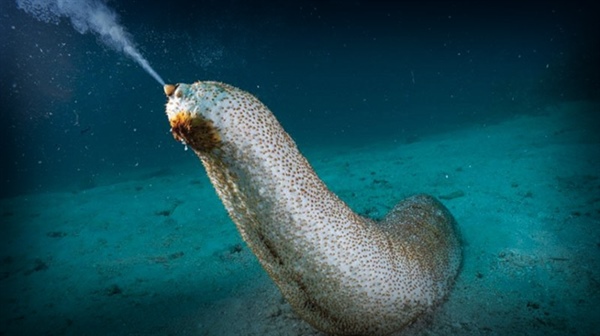
An example in danger of extinction (PR) in Mexico is the sea cucumber (Holothuroide), an echinoderm prey to illegal trade for its supposed healing properties. Photo: Sopitas.com
Those that could be in danger of disappearing in the short or medium term if the factors that keep them under threat (such as pollution or habitat destruction, for example) continue to operate and their populations decrease.

The island coati, coatimundi, or Cozumel badger (Nasua narica) is an example of a threatened species (A) in Mexico. The urbanization of the island and the introduction of domestic dogs and cats represent a danger to the island coatis. Photo: NaturalistaCR
The distribution areas of these species have decreased drastically, putting their populations at risk in their habitat. Some causes of the decreasing numbers are the destruction of their natural habitat, unsustainable exploitation, diseases, and predation.

The Guadalupe fur seal (Arctocephalus townsendi) is an endangered species in Mexico. The main factor is the pollution of its natural habitat. Photo: Natusfera
This species is native to Mexico, whose free-living specimens have disappeared as far as studies have shown, and of which there are known live exemplars in confinement or outside Mexican territory.

The Socorro dove (Zenaida graysoni) is an extinct species in Mexico. It was last seen in 1972. The main threat was the introduction of cats to Socorro Island, its natural habitat. Less than 200 specimens remain, located in zoos in the United States, Germany and England. Photo: Inecol
Now that you know the categories, here are the six endangered species that inhabit Contoy. 😢
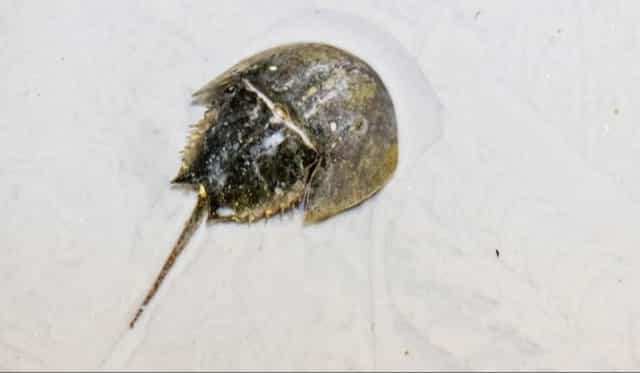
The horseshoe crab is a species that has survived for more than 200 million years and, unfortunately, today is in danger of disappearing. It is distributed along the coast from the Yucatán Peninsula to the east coast of the United States. It frequents muddy and sandy areas, as well as lagoons and mangroves. The main reason why it is endangered is that its blood is used as medicine against cancer and HIV.
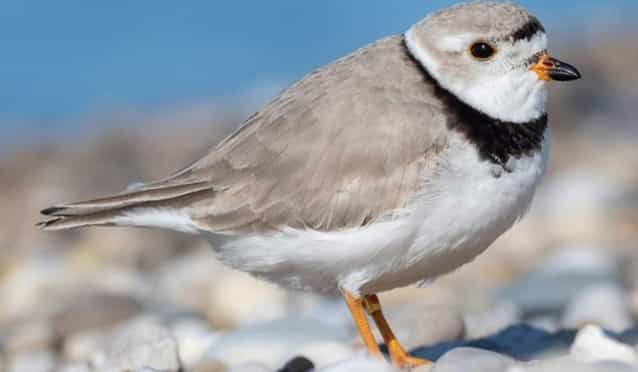
Photo: Birds Cornell
The piping plover travels more than 2,500 kilometers to the Yucatán Peninsula to escape the South Dakota winter. It frequents the coastal areas of eastern North America, and it is estimated that there are only about 6,400 left in the world.

Loggerhead turtles face many dangers and predators:
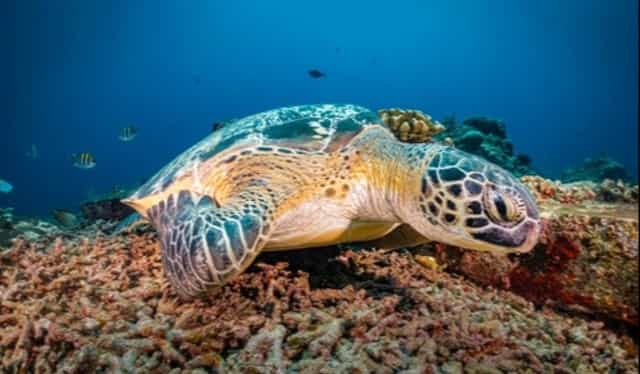
For many years, the green turtle's meat, eggs, and fat were considered a delicacy. In ancient China, it was cooked in soup. In Hawaii, its skin was used to make handbags. In Indonesia and Bali, the meat is the main ingredient of culinary specialties.
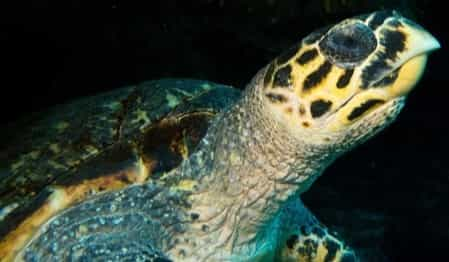
In addition to their capture for human consumption, exploitation is one of the main causes of the loss of hawksbill turtles. Hawksbill plates from the shell of this species are used for decorative purposes and fetch very high prices on the market, as much as ivory or gold.

Photo: Naturalista
This lizard, also known as the Quintana Roo huico, is a species endemic to Puerto Juarez and Isla Mujeres and has currently found protection on Isla Contoy. The main threat to this species is the loss of its habitat due to the expansion of human settlements.
As you will see, most of the endangered species on the list are the sea turtles of Isla Contoy; however, the authorities work tirelessly to keep the nests safe and eliminate all factors that threaten their natural habitat.
After the endangered species come to the threatened species of Isla Contoy, you will find animals and some plant species here. Read on to find out: 👀
|
Whale Shark (Rhincodon typus) |

|
|
Yucatán molly (Poecilia velifera) |

|
|
White-crowned pigeon (Patagioenas leucocephala) |
-1-1.jpeg?quality=low&width=170&height=99&name=Paloma%20corona%20blanca%20(Patagioenas%20leucocephala)-1-1.jpeg)
|
|
Mangrove rail (Rallus longirostris) |
%C2%A0-1-1.jpeg?quality=low&width=170&height=99&name=Rasc%C3%B3n%20picudo%20(Rallus%20longirostris)%C2%A0-1-1.jpeg)
|
|
Red-footed booby (Sula sula) |
.jpeg?quality=low&width=170&height=99&name=Bobo%20pata%20roja%20(Sula%20sula).jpeg)
|
|
American flamingo (Phoenicopterus ruber) |
-1-1.jpeg?quality=low&width=170&height=99&name=Flamenco%20americano%20(Phoenicopterus%20ruber)-1-1.jpeg)
|
|
Black spiny-tailed iguana(Ctenosaura similis) |
-1.jpeg?quality=low&width=200&height=116&name=Iguana%20espinosa%20rayada%20(Ctenosaura%20similis)-1.jpeg)
|
|
Boa constrictor (Boa constrictor) |
-1.jpeg?quality=low&width=170&height=99&name=Boa%20constrictor%20(Boa%20constrictor)-1.jpeg)
|
|
Black mangrove (Avicennia germinans) |
-1-1.jpeg?quality=low&width=170&height=99&name=Mangle%20negro%20(Avicennia%20germinans)-1-1.jpeg)
|
|
Button mangrove (Conocarpus erectus) |
-1-1.jpeg?quality=low&width=170&height=99&name=Mangle%20botoncillo%20(Conocarpus%20erectus)-1-1.jpeg)
|
|
White mangrove (Laguncularia racemosa) |
%C2%A0-1.jpeg?quality=low&width=170&height=99&name=Mangle%20blanco%20(Laguncularia%20racemosa)%C2%A0-1.jpeg)
|
|
Holywood lignum-vitae (Guaiacum sanctum) |
-1-1.jpeg?quality=low&width=170&height=99&name=Guayac%C3%A1n%2c%20palo%20santo%20(Guaiacum%20sanctum)-1-1.jpeg)
|
| Chit palm (Thrinax radiata) | .jpeg?quality=low&width=170&height=99&name=Palma%20chit%20(Thrinax%20radiata).jpeg)
|
*Most of the threatened plants are mangroves of Isla Contoy.

There are many actions we can do as civilians to mitigate species loss. Here are some ideas that you can start applying now:
Talking about endangered species is not easy, but being advised of this topic is part of our actions to raise awareness and positively impact our environment.

There are 7 lagoons on Isla Contoy, each playing an important role in the life cycle of the island's species. Read on and learn about these...
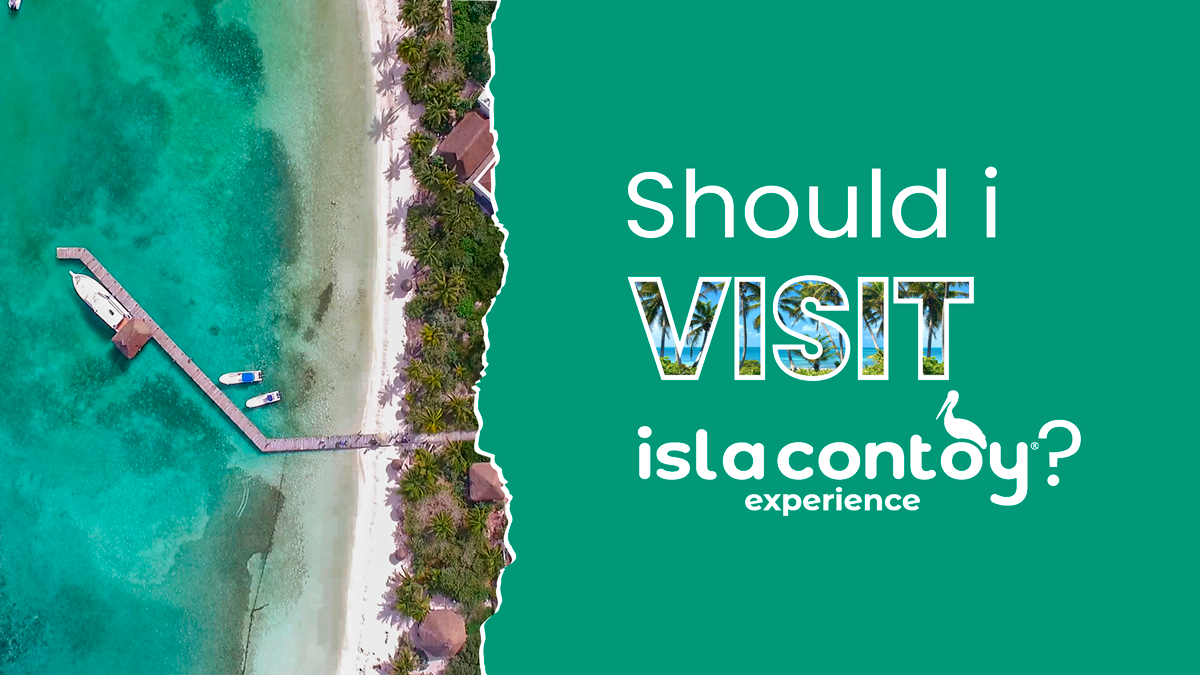
Are you still unsure about adding Isla Contoy to your Cancun itinerary? Consider this your invitation to add this stunning destination to your...

Wetlands are a source of life. They are home to many species of flora and fauna, protect us from floods and storms, provide us with water, food, and...